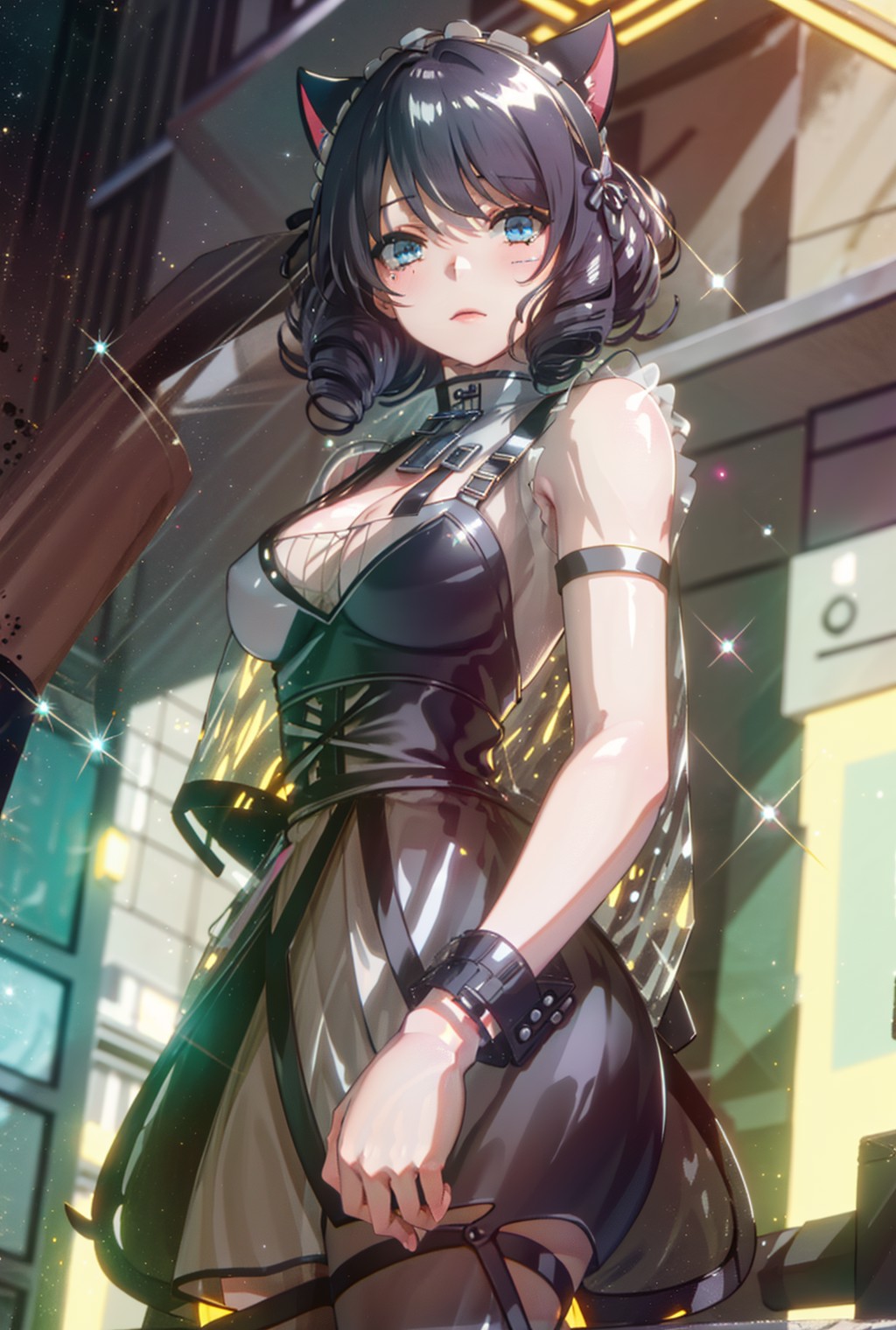Unraveling "вероника Ð³ÑƒÑ‚ÑŒÐµÑ€Ñ€ÐµÑ ": A Deep Dive Into Digital Identity
In an increasingly interconnected digital world, the way we represent and interpret text is paramount. From everyday messages to complex databases, the underlying system that ensures characters appear correctly is often taken for granted. However, sometimes we encounter strings like "вероника Ð³ÑƒÑ‚ÑŒÐµÑ€Ñ€ÐµÑ " which, at first glance, might seem like a jumble of random symbols. This enigmatic sequence is not merely a typographical error; it's a fascinating gateway into understanding the critical role of character encoding, particularly Unicode, in bridging linguistic divides and ensuring digital clarity.
This article will embark on a journey to decipher "вероника Ð³ÑƒÑ‚ÑŒÐµÑ€Ñ€ÐµÑ ", transforming it from a perplexing series of characters into a compelling case study for the intricacies of digital text. We'll explore why such strings appear, how they relate to the broader world of international communication, and the fundamental principles that govern how computers handle diverse languages. By the end, you'll not only understand the true meaning behind this unique string but also gain a deeper appreciation for the invisible architecture that supports our global digital interactions.
Table of Contents
- The Enigma of "вероника Ð³ÑƒÑ‚ÑŒÐµÑ€Ñ€ÐµÑ ": A Linguistic Introduction
- Decoding Cyrillic: Understanding Unicode and Character Encoding
- Transliteration Challenges: When "Игорь" Becomes "Игорќ"
- The Digital Footprint of "Veronika Gutierrez": Searching and Displaying
- Beyond the Name: Broader Implications of Character Handling
- The E-E-A-T of Digital Text: Expertise, Authority, and Trustworthiness in Character Data
- "вероника Ð³ÑƒÑ‚ÑŒÐµÑ€Ñ€ÐµÑ ": A Case Study in Encoding Misinterpretation
- Conclusion: Embracing Digital Clarity
The Enigma of "вероника Ð³ÑƒÑ‚ÑŒÐµÑ€Ñ€ÐµÑ ": A Linguistic Introduction
When confronted with the string "вероника Ð³ÑƒÑ‚ÑŒÐµÑ€Ñ€ÐµÑ ", the immediate reaction for many might be confusion. It doesn't resemble standard English, nor does it immediately align with common Latin-based European languages. However, for those familiar with Cyrillic script, or with the common phenomenon of "mojibake" (garbled text due to encoding issues), a pattern begins to emerge. This string is, in fact, an incorrectly rendered representation of a name: "Veronika Gutierrez".
- Ipcams Telegram
- Securely Connect Remote Iot Vpc Aws Raspberry Pi
- Qr Ip Cam Telegram
- Jayshree Web Series
- Anissa Kate
The name "Veronika" is a widely recognized female given name with Latin origins, meaning "she who brings victory." It's popular across many cultures, including Slavic countries, where it's written in Cyrillic as "Вероника". "Gutierrez" is a common Spanish surname. The combination suggests a person of potentially diverse cultural background or a name that has traveled across linguistic boundaries. The challenge, then, is not just to identify the name, but to understand why its digital representation, "вероника Ð³ÑƒÑ‚ÑŒÐµÑ€Ñ€ÐµÑ ", appears so distorted.
Decoding Cyrillic: Understanding Unicode and Character Encoding
The key to understanding "вероника Ð³ÑƒÑ‚ÑŒÐµÑ€Ñ€ÐµÑ " lies in the fundamental principles of character encoding. In the digital realm, every letter, number, symbol, and even emoji needs a unique numerical representation for computers to store, process, and display them. This is where Unicode comes into play, serving as the backbone of modern digital communication.
What is Unicode? The Universal Language of Text
Unicode is a character encoding system that assigns a code to every character, regardless of the platform, program, or language. Before Unicode, there were hundreds of different encoding systems, each for specific languages or regions, leading to a chaotic digital landscape where text from one system would appear as gibberish in another. Unicode's ambitious goal was to create a single, universal character set that could encompass all the world's writing systems.
- High School Return Of A Gangster Manhwa
- Securely Connect Remote Iot Vpc Raspberry Pi Aws Server
- Sone248
- Jayshree Gaikwad Hot Web Series
- If%C5%9Fa Soywe
When you hear about "UTF bytes," such as UTF-8, UTF-16, or UTF-32, these refer to different ways of encoding Unicode code points into sequences of bytes for storage and transmission. For instance, UTF-8 is the dominant encoding on the web due to its efficiency and backward compatibility with ASCII. It's designed so that common Latin characters use fewer bytes, while more complex characters (like Cyrillic, Chinese, or Arabic) use more. This flexibility means you will automatically get UTF bytes in each format, ensuring global text compatibility.
The Anatomy of a Character: From Glyph to Code Point
To truly grasp how text works digitally, it's helpful to understand the journey of a character from its visual representation (glyph) to its underlying numerical code. When you want to "explore any character in a Unicode string," tools exist that can provide a "character by character breakdown." You can simply "type in a single character, a word, or even paste an entire paragraph" into such a tool, and it will reveal the unique Unicode code point for each element.
These code points are then mapped to specific visual representations (glyphs) by fonts. For example, the Cyrillic letter 'В' (capital Ve) has a specific Unicode code point (U+0412). When a computer encounters this code point, it looks up the corresponding glyph in the active font and displays it on the screen. The "Unicode characters table" provides a comprehensive list of these symbols, along with their "escape sequences & html codes," which are alternative ways to represent them in programming or web development. You can often "mouse click on character to get code," making it easy to inspect and understand the digital identity of any character.
Transliteration Challenges: When "Игорь" Becomes "Игорќ"
The complexities of character encoding extend beyond mere display; they deeply impact transliteration, the process of converting text from one writing system to another (e.g., Cyrillic to Latin). The "Data Kalimat" provides a perfect illustration of this challenge: "I asked a native Russian speaking friend, and she says that this, Игорь is a name and not this, Игорќ so instead of ќ it should return ь is there a table that shows which letters should convert to what please?" This highlights a common pitfall where a misinterpretation or incorrect mapping can lead to a completely different, often nonsensical, character.
The character 'ќ' (U+045C, Cyrillic Small Letter KJE) is not a standard letter in the Russian alphabet, whereas 'ь' (U+044C, Cyrillic Small Letter Soft Sign) is crucial for indicating palatalization. This seemingly minor error dramatically alters the pronunciation and meaning of the name. Such discrepancies underscore the importance of accurate transliteration tables and, crucially, the invaluable input of native speakers. Without proper conversion rules and validation, names like "Вероника Гутьеррес" could easily become garbled, hindering communication and misrepresenting identity. This is precisely why relying on robust Unicode standards and verified transliteration guidelines is essential for maintaining the integrity of names and other critical data across languages.
The Digital Footprint of "Veronika Gutierrez": Searching and Displaying
In the digital age, a name like "Veronika Gutierrez" carries a significant digital footprint, whether it's in a database, on a social media profile, or within a search engine's index. The ability to correctly search for and display "Вероника Гутьеррес" (the correct Cyrillic form) or its Latin transliteration is entirely dependent on proper character encoding. If a system misinterprets the encoding, as it does with "вероника Ð³ÑƒÑ‚ÑŒÐµÑ€Ñ€ÐµÑ ", then searching for the correct name will yield no results, and the displayed name will be unreadable.
Imagine trying to find information about someone whose name is stored as "вероника Ð³ÑƒÑ‚ÑŒÐµÑ€Ñ€ÐµÑ " in a system that expects standard Cyrillic or Latin
- Megan Stoner Story
- Lussy Berry Real Name
- Soviet Seduction Jackerman
- If%C5%9Fa Soywe
- Remote Iot Vpc Tutorial

Image posted by fansay

Image posted by fansay

Image posted by fansay